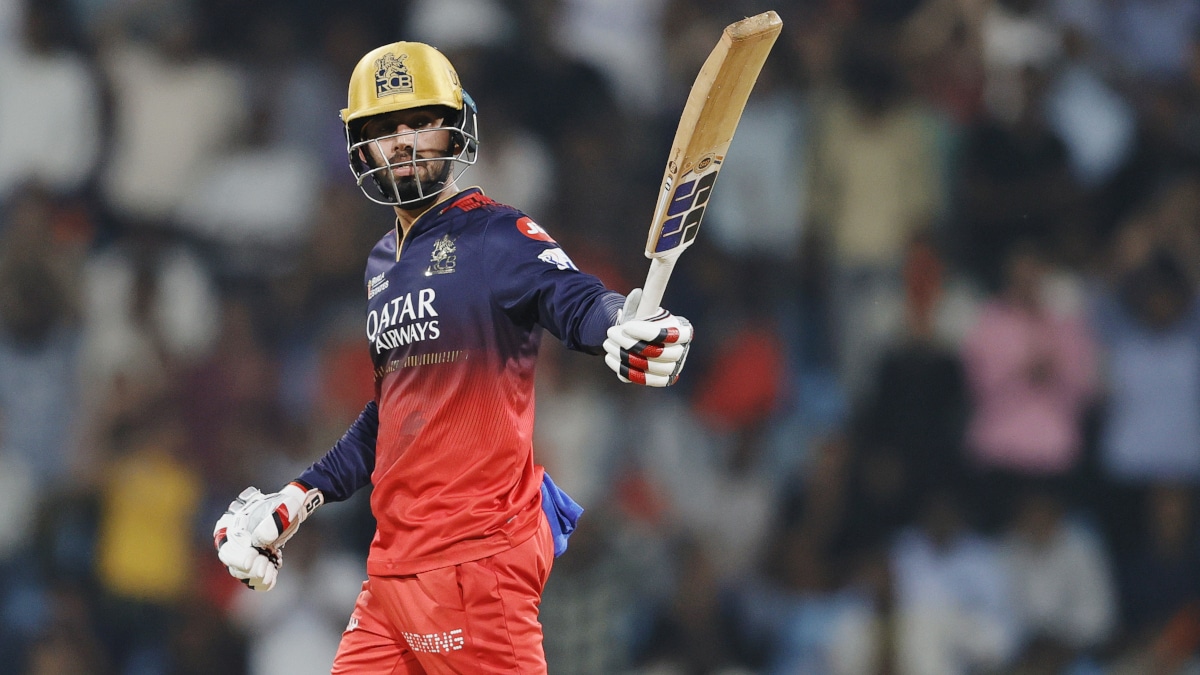Understanding the Controversial ‘Not Out’ Decision for Jitesh Sharma in LSG Match

In an intense match of IPL 2025, Royal Challengers Bengaluru faced off against Lucknow Super Giants, resulting in a thrilling finish. A controversial run-out appeal involving LSG’s Digvesh Rathi and RCB’s Jitesh Sharma became the focal point of discussion when it was ruled out based on MCC Law 38.3. The incident unfolded during the final ball of the 17th over, leading to significant implications for the match and drawing attention to the intricacies of cricketing rules.
Controversial Run-Out Incident
The match took a dramatic turn when LSG’s Digvesh Rathi attempted a run-out at the non-striker’s end against Jitesh Sharma. This incident occurred at a critical moment during the game, specifically on the last ball of the 17th over. As Rathi tried to break the stumps, LSG captain Rishabh Pant withdrew the appeal, which proved significant given the circumstances. The third umpire’s decision hinged on the timing of Rathi’s action, revealing that he had completed his bowling motion before making the attempt. According to MCC Law 38.3, this timing was crucial for the validity of the run-out. The law specifically states that the non-striker can be run out only if the bowler’s attempt occurs before reaching the apex of their delivery swing.
Third Umpire’s Ruling and Technical Clarifications
The third umpire’s ruling clarified that Rathi’s run-out attempt was invalid due to the timing of his actions. Replays confirmed that he had crossed the popping crease before attempting to dislodge the bails, rendering the appeal ineffective under the laws of cricket. The MCC Law 38.3.1 outlines that from the moment the ball comes into play until the bowler is expected to release it, the non-striker is at risk of being run out. Laws 38.3.1.1 and 38.3.1.2 further elaborate on this, marking the completion of the bowler’s arm swing as the cutoff for such dismissals. This incident served to highlight the importance of precise timing in cricket, especially regarding non-striker run-outs.
Match Outcome and Player Performances
Following the controversial incident, the match continued with Royal Challengers Bengaluru chasing a target of 228 runs. Jitesh Sharma, who was at the center of the run-out drama, played a crucial role in RCB’s successful chase. He remained unbeaten, scoring an impressive 85 runs off just 33 balls, showcasing his batting prowess and contributing significantly to his team’s victory. The match ultimately concluded with RCB clinching victory with eight balls to spare, marking a high-scoring encounter that added to the excitement of IPL 2025.
Significance of the Incident
The run-out controversy not only impacted the match but also sparked discussions about the application of cricket’s laws. The moment shared between Rishabh Pant and Jitesh Sharma after the incident reflected the sportsmanship prevalent in the game. However, the withdrawal of the appeal by Pant was deemed unnecessary as the dismissal was already invalidated by the third umpire’s review based on existing regulations. This match also marked the end of Lucknow Super Giants’ journey in IPL 2025, with the run-out incident adding an additional layer of drama to an already exhilarating contest.
Observer Voice is the one stop site for National, International news, Sports, Editor’s Choice, Art/culture contents, Quotes and much more. We also cover historical contents. Historical contents includes World History, Indian History, and what happened today. The website also covers Entertainment across the India and World.
Follow Us on Twitter, Instagram, Facebook, & LinkedIn

